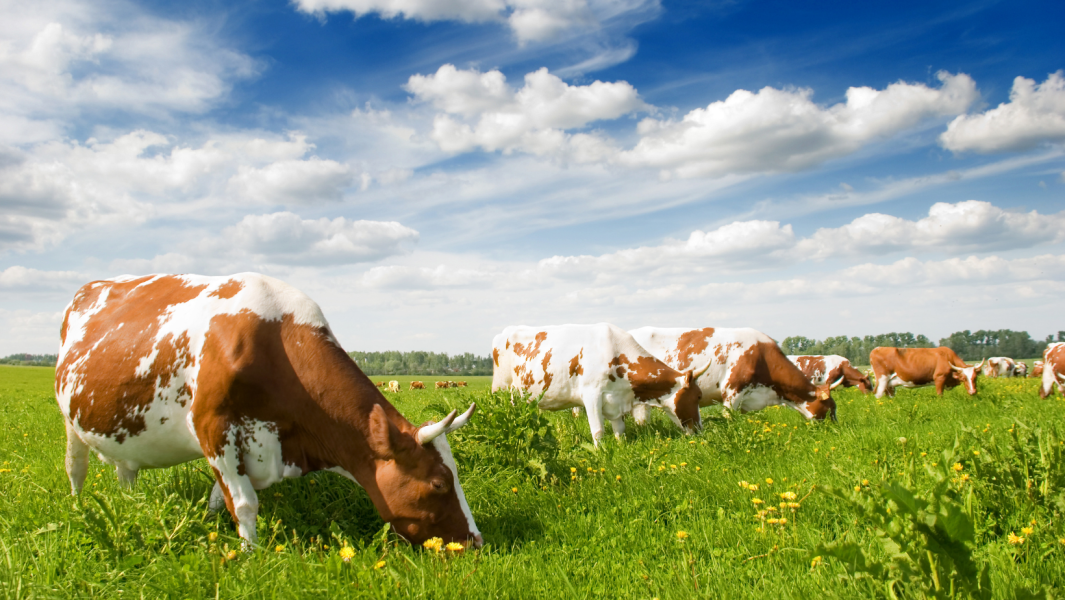Archives
- Home
- News
- Posts
- Agri Orbit
- Early pregnancy diagnosis in cows
Early pregnancy diagnosis in cows
- Agri Orbit
-
Feb 24
- Share post

Diagnosing pregnancy in cows is one of the building blocks of fertility management in any dairy or beef herd. The sooner a cow’s non-pregnant status can be confirmed, the sooner corrective action can be taken.
There are various methods available to determine whether a cow is in calf or not. Of these, the visual assessment of the cow’s pregnancy status is probably the least reliable. The best-known method is manual direct transrectal palpation although nowadays ultrasound scanning (sonar) is also commonly used. In addition, many of the indirect methods employed allow for the detection of endocrine hormones such as progesterone and even pregnancy-specific proteins.
The most cost-effective method is visual observation of cows returning to oestrus after having been mated or inseminated. These cows can then be rebred or -inseminated; however, this carries a risk as they can be in calf already and only appear to have re-entered oestrus. This is often due to the secretion of oestrogens by the placenta or the developing amniotic membranes in early pregnant animals.
This method is also not very reliable, as many cows that re-enter oestrus may be overlooked.
Early diagnosis of pregnancy
Manual transrectal palpation at around six weeks of gestation, as well as early ultrasound scanning by a trained and experienced veterinarian, remain the preferred methods for early pregnancy diagnosis. The sooner the pregnancy can be confirmed, the better.
Time is a crucial factor, especially when following a structured breeding programme which requires the animals to calve at a set time and to achieve a target intercalving period.
It is true that many non-veterinarian professionals are familiar with and have even mastered the methodology. Inexperienced people can, however, damage the amniotic membranes of the early pregnant animal, which may lead to resorptions or early abortions. On the other hand, the veterinarian, with his or her knowledge of the anatomy and physiology of the reproductive system, is ideally equipped to safely diagnose early pregnancy.
Coming in a close second to confirming pregnancy is determining why a cow has failed to conceive, especially if it is pathology associated. Foetal mummification, pyometra (inflammation of the uterus, usually with a closed cervix), resorptions and early abortions are but a few of the conditions that can only be diagnosed by a veterinarian.
Other advantages
Ultrasound scanning has the added advantage that the sex and age of the foetus can be determined. It also makes it possible to examine the ovaries and surrounding structures of especially cows that are not in calf.
Pregnancy diagnosis in both beef and dairy cattle remains an important tool to measure the success of reproduction management, as well as to timeously identify any reproduction-related problems and, if necessary, to intervene, for example through synchronisation of non-pregnant heifers or cows. – Dr Chris van Dijk, MMedVet (Bov)
For more information, send an email to Dr Chris van Dijk at dairyvetza@outlook.com.





